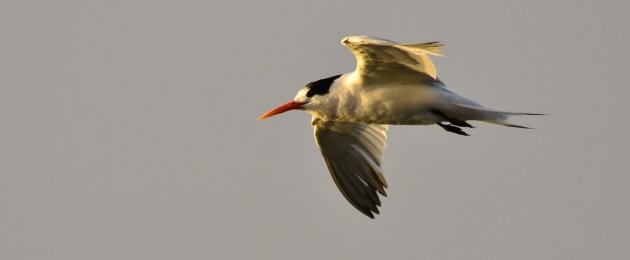
Many readers of 10,000 Birds are more than the casual birdwatcher…they are hopeless bird junkies. Truly depraved birding addicts. It may not take long for a birder to reach this sad and despicable state…it can take someone 5 months just as easily as it can take someone 5 years. The question for the addict is, how does one keep birding fresh? Tired of birding the same polluted parks? Dismayed that your lists don’t grow like they used to? Frustrated that you still haven’t seen an Elegant Tern (above)? Anxious that distant gulls will always be too distant? Afraid you have arrived at a sort of a birding plateau? Here are a few suggestions for 2015:
Lets get the incredibly unoriginal stuff out of the way first…do a big year. Most birders lack the time, $$$ and motivation to attempt anything like what Neil Hayward, Sandy Komito or even Kenny Bostick did, but doing something like a home state or county big year is much more realistic and broadly appealing. You know you want to.
Hanging out with Yellow-billed Cuckoos is immensely satisfying. Being able to pull up every observation you’ve ever had of one, and sorting them by month, year, county, state, etc. is not immensely satisfying (it may even be perversely satisfying), but it is satisfying nonetheless. EBird makes this possible.
Try eBird. I’m not eBird’s biggest proponent, but I certainly use it a lot more now than I did a year ago. The multitude of tools and ways you can enter/view your personal data is quite impressive, and it only continues to grow…although it might be on a subconscious level, embracing eBird more can be another kick in the butt to get out in the field. The citizen science aspect is a big hit with many users, and eBirding areas with little existing data can be fun as well.
A lot of birders don’t really care about lists besides their life list, which is great. That list is the most important list, if you ask me. But give the state list a try. Give your county list a try. It will get you out birding. It will take you to bizarre and wonderful places that you never knew existed, and you will get to know the rhythms and movements of local birdlife like the back of your hand.
Go green! “Green” birding is becoming increasingly popular, which I think is a positive thing. Most of you know about Dorian’s impressive bicycle-based big year. Flycatcher Jen of I Used To Hate Birds has amassed close to 160 species in the last two years just walking and biking around Portland, Oregon, which is a number that deserves a toast if you ask me. Green birding is yet another fun dimension to birding that a lot of us have not really tried out yet.
Sure, you can see a Pink-footed Shearwater from shore…although you would never know they actually have pink feet. To see most seabirds up close, you need to get on a boat.
Take a pelagic trip. There are SO MANY birders out there who are still putting off their first pelagic trip…just do it. Seabirds are amazing, and watching them from half a mile away while you stand on land is not the proper way to get to know them, or appreciate marine mammals and marine ecosystems in general. Afraid of getting seasick? Don’t be! People spend enough of their time being afraid of things and missing out on life…do you really want to spend any more time missing out on life birds?
Travel. Flying around in an airplane or taking a sprawling roadtrip is absolutely the exact opposite of “green” birding, but as a bird junkie, you gotta get around if you want to experience new places and new things. If local birding is getting stale, nothing will fire up the stoke more than a trip to a new birding destination. Also, don’t underestimate the value ecotourism has for wildlife in many places.
Just because this ibis was photographed in California means it is a White-faced Ibis. The inability to confidently separate Plegadis ibis from one another plagues many a birder. How can one overcome this affliction? The answer is basic…do some reading and go look at some ibis.
Learn. Whether one ranks as #2 or #20,000 in the Global Birder Ranking System, there is always room for education and improvement, so why not dive in? Set a goal for yourself. Whether you want to know more about status and distribution, or you struggle with flycatchers/sparrows/shorebirds/gulls/molt or just bird topography in general, you can make a lot of improvements if you just make the effort. Buy a couple of books and get into the field!
Patch birding. Don’t have a patch yet? Find one! It doesn’t have to be obscure or mundane or someplace another birder would wince at…it can be whatever you want. That’s the beauty of it.
I’ve been told by many trembling birders that they fear identifying shorebirds, like this Stilt Sandpiper. I’m not saying that shorebirds aren’t troublesome…but I will tell you that most of the people who tuck their tail between their legs at the thought of Stilt Sandpipers do not own spotting scopes.
Buy a scope. Why have you been putting this off? As with pelagic trips, many birders are still refraining from making the commitment of getting a scope for themselves. If you can afford it, do it! Before you get a camera! Distant seabirds, gulls, terns, shorebirds, waterfowl, raptors, longspurs, etc. will all of a sudden be accessible and identifiable once you have a scope in your possession.
What is the ultimate patch? Your yard of course. Birdscape your yard. Sure you may not exactly have much to work with, but it’s not like birds don’t use suburbs or urban areas. Wintering birds and migrants may certainly appreciate it, even if there is too much human disturbance for nesting birds. Plant native plants, retain brushpiles, put up some feeders…there are endless ways, small and large, to make your property more inviting to birds and other wildlife.
Bird with your friends. I saved the most difficult suggestion for last, as birders are known to struggle to make real friends, birder or otherwise. Although I love birding solo, birding with friends is great and can be extra motivating to get out and about. However, birding with people you dislike can be soul-crushing, so choose your birding comrades wisely.
Of course, there are countless other things one can try to spice up their birding life, but I don’t have all day and neither do you. So good birding to all, and happy new year!


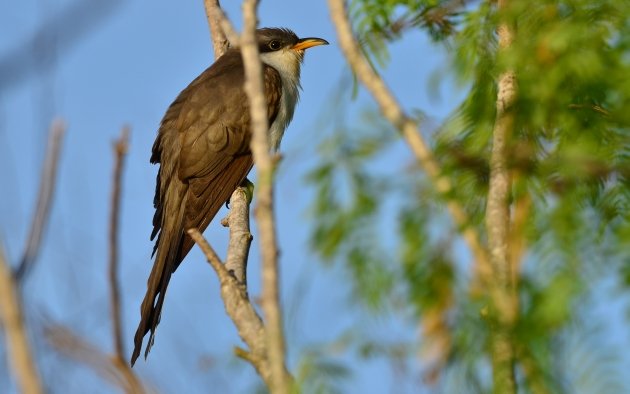
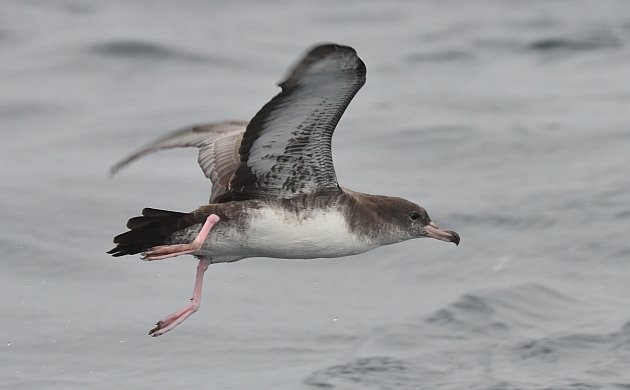
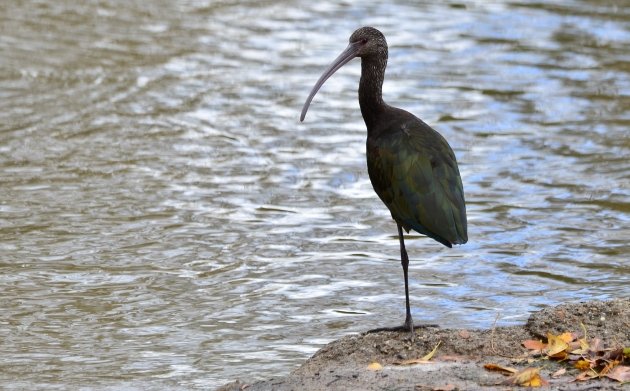
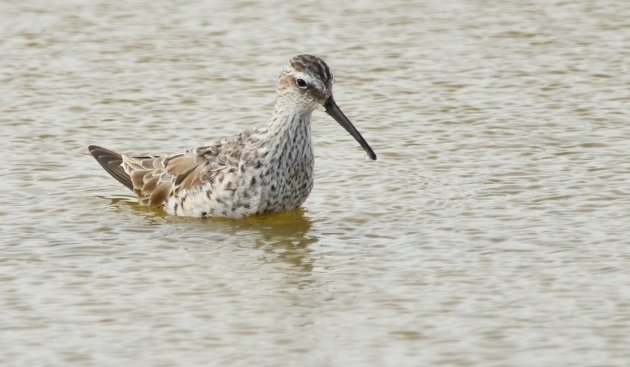
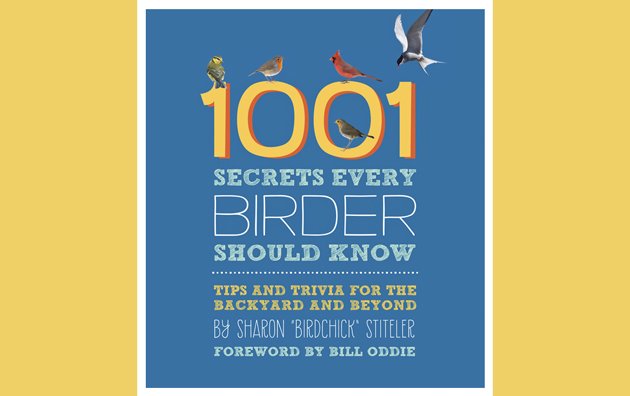
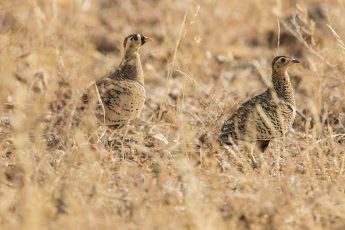
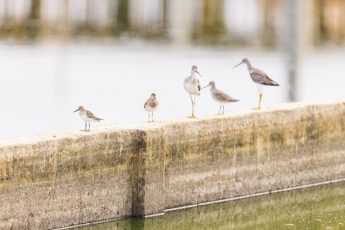

 New writers welcome – please contact us for details.
New writers welcome – please contact us for details.

















Good suggestions as always. I am definitely e-birding everything in 2015.
I am preparing for the time when all my birding can be done by bird-cam coming to me live from anywhere in the world. I figure that in 30 years i will be in my 80s and given my family history, not able to leave the house much. Technology will save the day. But I wonder what will be rules of acquisition for listing birds located solely by bird-cam? I assume it should be live-feed, not screen-captures, not day old footage. As close to the real experience as possible. Any thoughts on what conditions make a bird “countable” if birding only the bird-cam way?